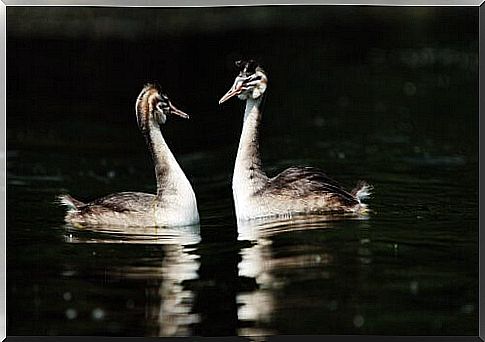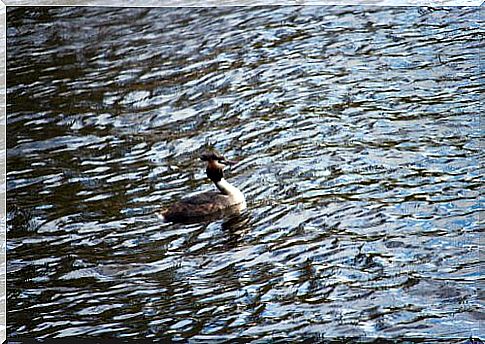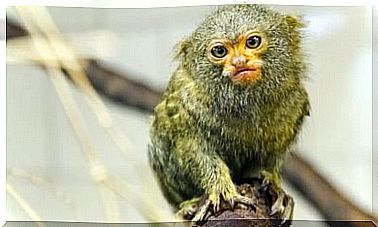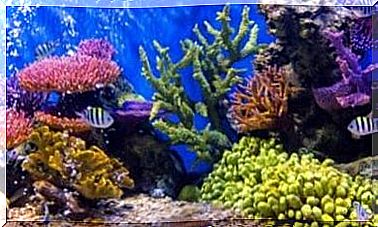Hooded Grebe: The Bird That Created A National Park

Some animals are known for their size, speed, or the ability to fly long distances. Then there is the Hooded Grebe which, on the contrary, is much less vain. Yet, this small water bird had the “ability” to create a national park dedicated entirely to him. Everything takes place in Argentina and, in this article, we will delve into the unusual news.
Do you know the Hooded Grebe?
Its scientific name is Podiceps gallardoi , and it is a small bird that lives in Argentine Patagonia, specifically in the province of Santa Cruz. Similar to a duck, this bird was discovered in 1974. Its feathers are black and white, it has a black beak, with a brown head and a reddish circle around its eyes.
It reproduces in the lagoons of the highlands, where it lives during the spring and summer, from September to March. There, the environment is cold and windy even in the “good” months and the vegetation is scarce, typical of the Patagonian steppe. When winter comes, the lagoons freeze and the Black-headed Grebe must migrate.
For years, this little bird was studied to figure out where it was going to overwinter. Eventually, it was found that it prefers to move to the estuaries and the Atlantic coast.

The Hooded Grebe is the protagonist of a truly unique and special courtship ceremony. Having conquered her partner with this unusual dance, she builds a floating nest. The female lays two eggs, but only one of the chicks will survive. The main problem is that gulls, fulicas and minks feed on their eggs and their young.
Furthermore, we cannot ignore the proliferation of the Rainbow Trout, which eats the same food as the White-headed Grebe. Climate change has increased the strength of the winds and causes major droughts, while reducing the breeding habitat of this peaceful bird.
Patagonian National Park and the Black-capped Grebe
The population of this species has decreased by 80% over the past twenty years. It is believed that there are currently around 800 specimens left. To avoid the inevitable extinction in the coming years, a project was carried out to create a national park to protect the species.
To save the Hooded Grebe, one of the symbols of Patagonian fauna, a reserve of more than 50,000 hectares was set up near the lake of Buenos Aires, in the middle of the steppe. Here, this aquatic bird will be able to live and reproduce without difficulty.
Currently, a group of biologists are involved in the continuous monitoring of the Black-capped Grebe population. They check births and deaths, study their migratory route, evaluate any threats, limiting the direct action of minks and gulls, protecting nests and eggs. All this, without forgetting the information and awareness campaigns in local communities.

Among these bodies of water stand out lagoons and wetlands, where various migratory birds nest and feed and, of course, the Black-headed Grebe. Of course, it is not the only animal that is protected in this park, since some species of endemic lizards, almost completely unknown, also live in the area.
The good news is that, since the project began in 2009, and the national park was established five years later, the number of Black-capped Grebe has stabilized. There is still a long way to go, as the next step is to get a full census that can finally prove that the population is growing again.








